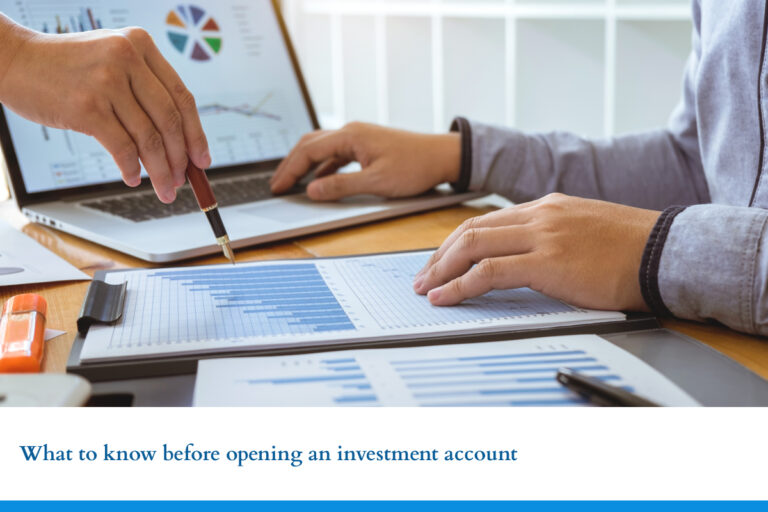Retirement planning is an essential yet often overlooked aspect of financial management for small business owners. Unlike traditional employees who may have access to employer-sponsored retirement plans, small business owners must take a proactive approach to secure their financial future. In Canada, business owners face unique challenges, from inconsistent cash flow to a lack of pension plans, making developing a tax-efficient retirement strategy even more important. Here’s what Canadian small business owners need to know to plan effectively.
Unique Retirement Challenges for Canadian Small Business Owners
- Inconsistent Cash Flow
Unlike salaried employees, small business owners often experience fluctuating income. This can make it challenging to set aside regular contributions for retirement, especially during lean business periods. Building a retirement plan that accounts for these fluctuations is crucial for long-term stability. - Limited Access to Employer-Sponsored Plans
Business owners must establish their retirement savings without employer-sponsored retirement plans like group RRSPs or pensions. This often means learning about various savings vehicles and finding the best options for their needs. - Heavy Reliance on Business Value
Many small business owners view their business as a primary retirement asset, planning to sell it when they retire. However, this approach comes with risks, as market conditions or changes in industry trends could impact the business’s value. Diversifying retirement savings beyond the business itself is essential for financial security. - Balancing Reinvestment and Retirement Savings
Running a business requires constant reinvestment in equipment, inventory, or staff. This need for reinvestment can make it difficult to prioritize retirement savings. However, with a solid plan, business owners can create a balance that supports business growth and a secure retirement.
Key Tax-Efficient Retirement Savings Accounts for Canadians
When it comes to retirement savings, Canadian small business owners have two primary options: Registered Retirement Savings Plans (RRSPs) and Tax-Free Savings Accounts (TFSAs). Understanding the benefits and limitations of each can help maximize savings and reduce taxes.
- Registered Retirement Savings Plan (RRSP)
An RRSP is one of the most tax-efficient ways to save for retirement. Contributions to an RRSP are tax-deductible, reducing taxable income and allowing the invested money to grow tax-deferred until it’s withdrawn in retirement. Maximizing RRSP contributions can lead to significant tax savings for higher-income business owners. It’s essential to be aware of annual contribution limits based on income, which are capped yearly. - Tax-Free Savings Account (TFSA)
A TFSA provides tax-free growth and offers flexibility that can complement an RRSP. Contributions to a TFSA are not tax-deductible, but any investment income earned within the account is tax-free, even when withdrawn. This feature makes TFSAs an excellent option for business owners needing access to funds before retirement, as there are no withdrawal penalties or taxes. - RRSP vs. TFSA: Which to Choose?
Deciding between an RRSP and a TFSA depends on several factors, including income level, contribution room, and retirement goals. For higher-income earners, RRSPs often provide the best tax savings, while TFSAs can be a versatile option for lower-income years or a supplement to an RRSP. Many financial advisors recommend a balanced approach that utilizes both accounts to maximize tax efficiency.
Additional Tax-Efficient Strategies for Canadian Business Owners
Several other strategies, in addition to RRSPs and TFSAs, can help business owners reduce their tax burden and save effectively for retirement.
- Dividend vs. Salary Compensation
Business owners can choose how they pay themselves, which can impact their retirement savings. By balancing salary and dividends, owners can optimize their income for tax purposes. A salary can help build RRSP contribution room, while dividends may offer tax advantages at the corporate level. - Income Splitting with Family Members
Income splitting is a tax strategy that distributes income to family members in lower tax brackets to reduce the overall tax burden. This can effectively minimize taxes, especially if family members are involved in the business. - Investing in Corporate-Owned Life Insurance
Corporate-owned life insurance can be a tax-efficient way to build retirement savings within the corporation. Premiums are funded through the corporation, and the investment growth within the policy is tax-sheltered. Upon retirement or in the event of the owner’s passing, the policy can provide financial support to the business or be used to supplement retirement income. - Tax-Efficient Withdrawal Strategies
Planning when and how to withdraw from RRSPs and TFSAs can help minimize taxes in retirement. Business owners can stagger withdrawals to stay in lower tax brackets, especially during early retirement years, before government benefits like the Canada Pension Plan (CPP) begin.
Actionable Steps to Start Retirement Planning Now
Taking the first steps toward retirement planning can be daunting, but a proactive approach can make a significant difference. Here are a few actionable steps to get started:
- Set Clear Retirement Goals
Determine your desired retirement age, lifestyle, and estimated retirement needs. Knowing these goals will guide your savings plan and help set realistic targets. - Maximize Contributions to RRSPs and TFSAs
Building a foundation with RRSPs and TFSAs is a crucial strategy. Take advantage of each account’s tax benefits and make consistent contributions based on your business’s cash flow. - Regularly Review Your Plan
As your business grows, revisit your retirement strategy to ensure it aligns with your evolving financial picture. Working with a financial advisor can help you adjust to stay on track and take advantage of new opportunities.
Retirement planning for small business owners in Canada presents unique challenges, but it’s possible to build a secure and tax-efficient future with the right strategies. By utilizing tools like RRSPs and TFSAs, exploring income optimization strategies, and thoughtfully planning withdrawals, business owners can create a retirement plan that balances their business and personal goals.
Contact MMT today to learn more about developing a retirement plan tailored to your unique needs as a Canadian small business owner.





